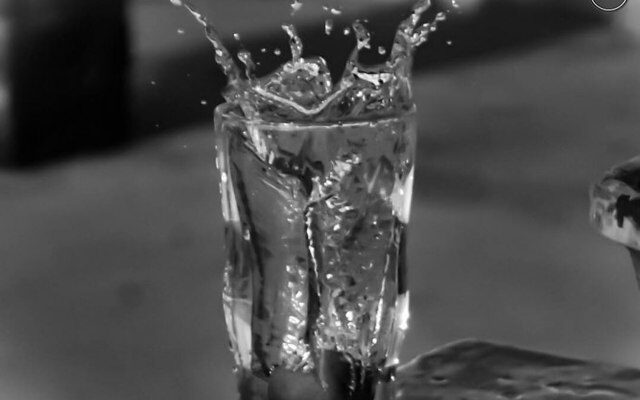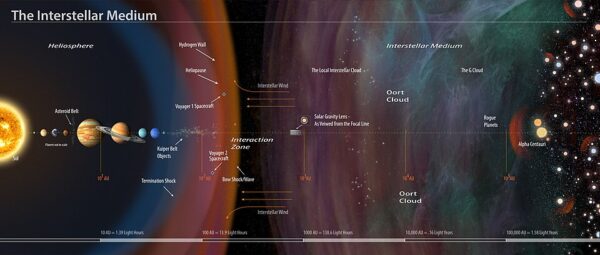
Turning seawater into fresh water that can be consumed by humans has long been seen as the holy grail of water purification and has a history that dates back thousands of years. One of the earliest recorded instances of desalination can be traced to ancient Greece, where sailors used the process of distillation to obtain freshwater from seawater. They would heat seawater, collect the evaporated steam, and condense it back into freshwater. This rudimentary method laid the foundation for later developments in desalination technology.
Now, researchers at MIT claim to have created a device that could change the world.
Scientists used a small, thin box topped with a dark material that efficiently absorbs the sun’s heat. Inside, the box is separated into a top and bottom section. Water can flow through the top half, where the ceiling is lined with an evaporator layer that uses the sun’s heat to warm up and evaporate any water in direct contact. The water vapor is then funneled to the bottom half of the box, where a condensing layer air-cools the vapor into pure drinkable water, writes Electrek.
The researchers set the entire box at a tilt within a larger empty vessel, then attached a tube from the top half of the box down through the bottom of the vessel, and floated the vessel in salt water. The water naturally pushes up through the tube and into the box, where the tilt of the box, combined with thermal energy from the sun, induces the water to swirl as it flows through. The small eddies help to bring water in contact with the upper evaporating layer while keeping salt circulating rather than settling and clogging.
Other passive solar desalination concepts are currently being tested by other teams, but the MIT researchers say their new system has higher water-production and salt-rejection rates.
They assert that if the system is scaled up to the size of a small suitcase, it could produce about 4 to 6 liters (1 to 1.5 gallons) of drinking water per hour and last several years before requiring replacement parts. At that scale and performance, the system could produce drinking water at a rate and price that’s cheaper than tap water.
“For the first time, it is possible for water, produced by sunlight, to be even cheaper than tap water,” says Lenan Zhang, a research scientist in MIT’s Device Research Laboratory.
The team envisions a scaled-up device could hit the market soon and when it does it will change the world.










Mass produce system worldwide
Needed